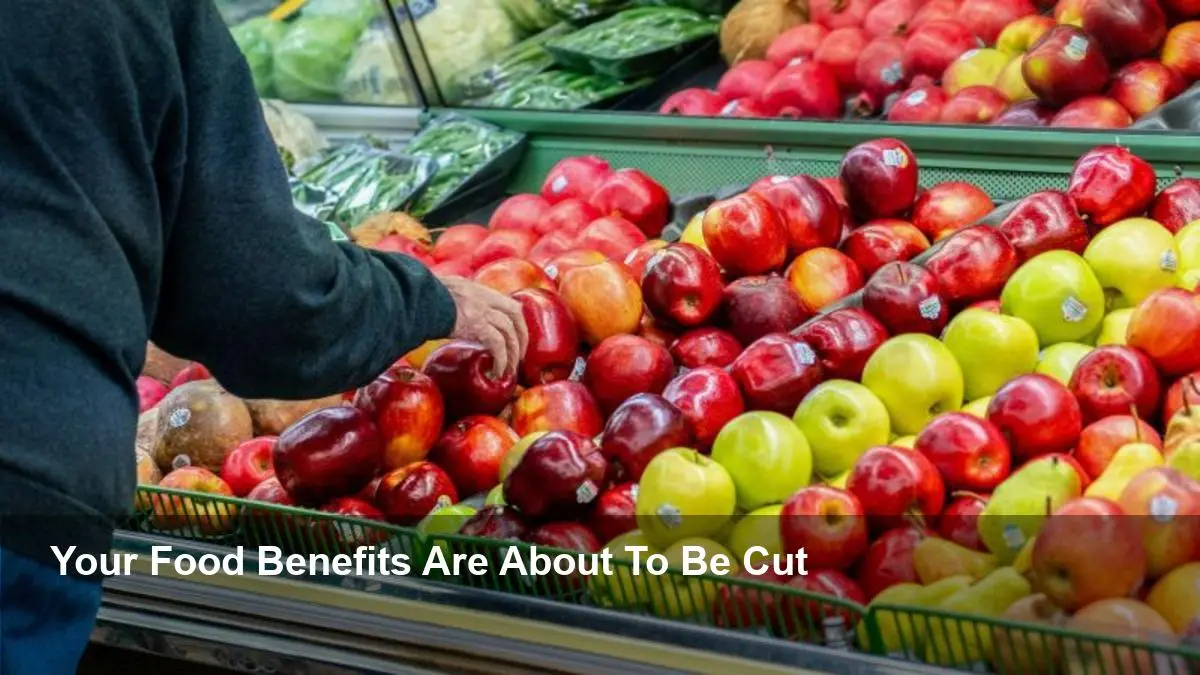Key Highlights
- The U.S. Department of Agriculture (USDA) has announced it will not use its $6 billion contingency fund to cover November’s food stamp benefits if the government shutdown persists.
- This decision places critical food assistance for approximately 42 million Americans in the Supplemental Nutrition Assistance Program (SNAP) at immediate risk.
- Conflicting messages have emerged, with President Trump assuring the public they will be “in good shape,” directly contradicting the USDA’s official memo.
- Critics and Democratic lawmakers argue the administration’s claim is “unequivocally false” and that they are legally obligated to release the emergency funds.
Millions Face Crisis as USDA Halts November SNAP Payments
Amid a prolonged government shutdown, the Trump administration has declared it will not tap into a $6 billion contingency fund to finance food stamp benefits for November. According to a USDA memo obtained by CNN, this move will halt essential food aid for roughly 42 million Americans, escalating pressure on Congress to resolve the federal budget impasse.
The loss of this critical safety net, which provides an average of $188 per person each month, threatens to plunge millions into food insecurity. The decision hinges on the ongoing shutdown, which began October 1 after lawmakers failed to agree on a federal spending package.
Conflicting Messages from the White House
Adding to the uncertainty, President Donald Trump offered a conflicting perspective. When asked if he would direct the USDA to fund the benefits, he told reporters, “Yeah, everybody is going to be in good shape, yep,” without providing any specific details on how that would be accomplished.
This assurance stands in stark contrast to the agency’s internal memo, which explicitly states that “contingency funds are not legally available to cover regular benefits” because the congressional appropriation for them no longer exists due to the shutdown. The memo further clarified that states would not be reimbursed for using their own funds to cover the shortfall.
The Legal and Political Battle
The administration’s stance has ignited a firestorm of criticism from Democratic lawmakers and policy advocates. They argue that the USDA not only can but must use the available funds to prevent widespread hunger.
“Secretary Rollins’ claim that the Trump Administration is unable to deliver November SNAP benefits during a shutdown is unequivocally false,” stated Sharon Parrott, president of the Center on Budget and Policy Priorities. “In fact, the Administration is legally required to use contingency reserves — billions of dollars that Congress provided for use when SNAP funding is inadequate that remain available during the shutdown.”
Critics point to the USDA’s own shutdown contingency plan, which previously noted that “Congressional intent is evident that SNAP’s operations should continue.”
A Familiar Crisis
This is not the first time SNAP benefits have been threatened by a government shutdown. During the record-long impasse in late 2018, the USDA found a workaround to issue payments before the shutdown eventually ended. The current crisis also follows a near-depletion of funds for the WIC program—which serves nearly 7 million women and children—that was narrowly avoided when the administration shifted tariff revenue to keep it afloat for October. With an estimated $8 billion needed for November’s SNAP benefits, the existing $6 billion contingency fund wouldn’t cover the full amount, but advocates are urging the administration to find a way to cover the difference, as it has for other priorities.
Image Referance: https://www.cnn.com/2025/10/24/politics/usda-contingency-fund-november-snap
